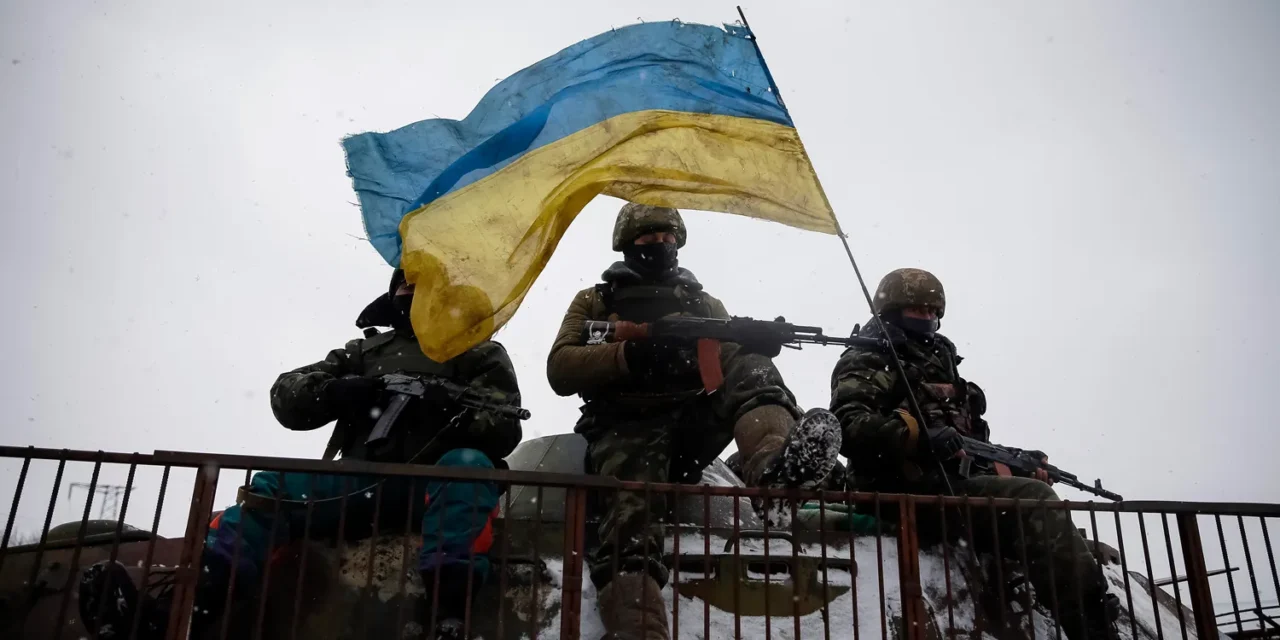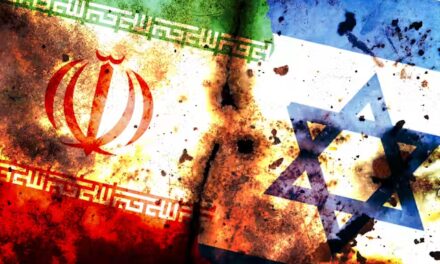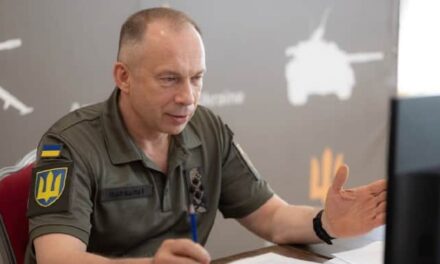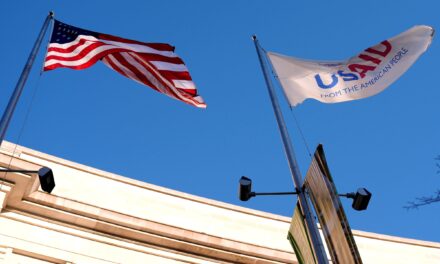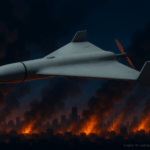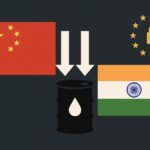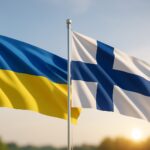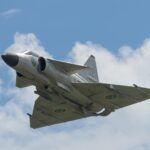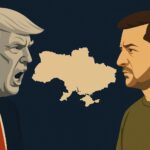Bloomberg reported that Washington circulated to European partners a draft framework to halt the war that would trade partial sanctions relief for a durable, verified ceasefire and effectively “freeze” the front lines. The plan, discussed in Paris with European officials and Ukraine’s team, envisages that territory currently under Russian occupation would remain under Moscow’s control for the duration of the truce, while NATO membership for Ukraine would be set aside during the ceasefire period. As relayed by European interlocutors, the package aims to create conditions for stopping large-scale fighting “within weeks,” provided the Kremlin accepts verification, monitoring, and security-guarantee arrangements that Kyiv and allied capitals deem credible. The effort unfolded around meetings that included French President Emmanuel Macron and U.S. envoy Steve Witkoff; Secretary of State Marco Rubio warned the United States could abandon mediation if progress stalls, even as Vice President JD Vance struck a more optimistic tone about prospects for an accord. European governments signaled they would not recognize Russia’s attempted annexations and stressed that any relief from European Union measures—such as asset unfreezing—would require unanimous approval, underscoring a high political bar. Reporting also indicated that the U.S. was prepared to contemplate recognizing Russia’s control of Crimea within a broader deal, a point that triggered immediate pushback in Kyiv and deep unease in Europe. Ukraine, which had earlier agreed to a U.S.-proposed 30-day truce that Russia rejected, insists no discussion of its territory can proceed before a ceasefire takes hold and has criticized back-channel suggestions of ceding land. Moscow, for its part, has linked any halt in attacks to sanctions relief and curbs on Western arms deliveries, positions that complicate talks. Subsequent coverage suggested U.S. negotiators wanted any agreement to codify Ukraine’s right to maintain and equip a capable national army and defense industry as part of long-term guarantees. Overall, the Paris outline amounts to a ceasefire-first approach: freeze the battle lines, sequence limited sanctions relief to verified calm, and leave the thorniest sovereignty questions for later—an approach that remains contingent on Russian acceptance and allied unity over enforcement and guarantees.
US Plan Links Ukraine Ceasefire to Sanctions Relief and Crimea
